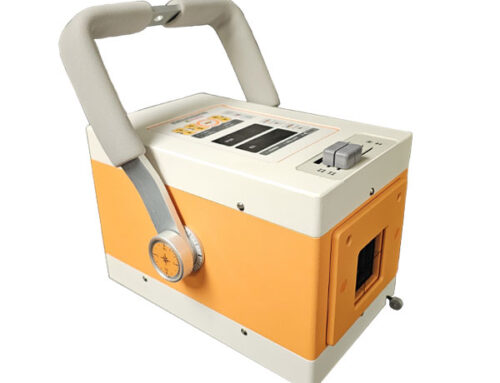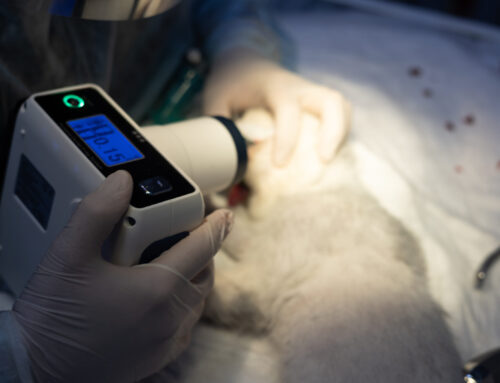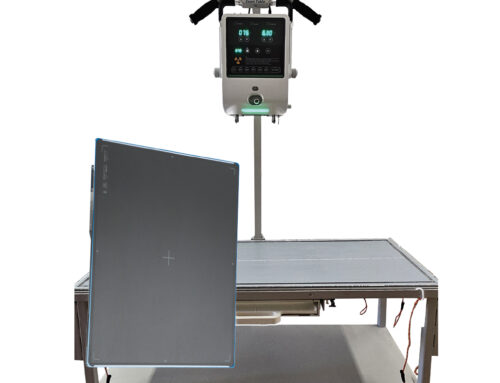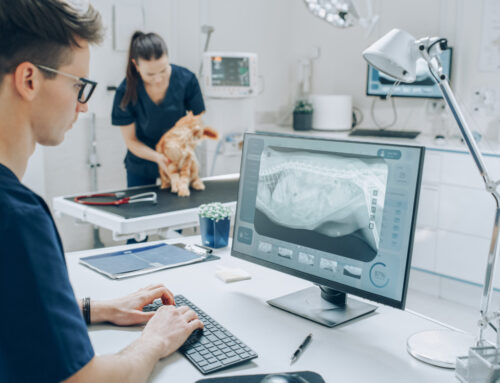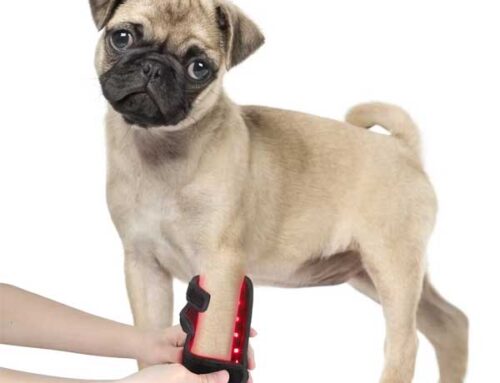Today, you might treat a tiny frog. Tomorrow it might be a herd of rhinoceros. Zoo veterinarians are the epitome of medical jacks-of-all-trades. Mammal, fish, reptile or bird, they do it all.
These providers of comprehensive animal care must know how to recognize different digestive, vascular, and reproductive systems; infectious and chronic illnesses; pharmacological needs; and animal behaviors in order to develop courses of care.
MEDICATIONS: Administering drugs isn’t simple as picking up a prescription at the local drugstore. Zoo vets have to cobble together drug dosages, because pharmaceutical companies don’t publish formulations for every species. A published dosage for a dog would probably work for a wolf; or that antibiotics effective on lizards might work for snakes. But what about a d Gila monster?
SPECIALTY EQUIPMENT: Zoo veterinarians excel in creativity, accommodate everything from pygmy marmosets to California condors. They’ve turned urinary catheters into endotracheal tubes. Anesthesia masks have been made from pop bottles and construction cones.
ANESTHESIA: As with humans, sedating animals and performing surgery are last resorts. That’s why zookeepers train animals to demonstrate behaviors that make it easier to draw blood, administer shots, and conduct exams.
BIRTH DAYS: It’s exciting when babies are born – or hatched. Newborn antelopes and other herd animals are often checked and tagged 48 hours after birth. Although recognizing newborns may seem simple, herd animals often deliver at the same time of year, and the babies look strikingly similar. Vets check the mother’s lactation and the baby’s suckle response and hydration. During difficult labors, vets may manually assist with breech births or perform C-sections.
Vets monitor hormone levels or perform ultrasounds for some expectant mothers. Often, animals are trained to allow vets or a veterinary ultrasonographer to apply a jelly-like substance to their bellies for the test to check the fetus’s health and estimate due dates
Using methods similar to humans, Zoo populations often are managed to limit or facilitate pregnancies. Many animals are on birth control so the population doesn’t get out of control or inbreeding doesn’t occur. In cases where there is a need to increase the population or genetic diversity of a species vets may use assisted reproduction.
ADVANCED DIAGNOSTICS: Zoo vet teams routinely test blood or tissue samples, taking advantage of more than a dozen pathology labs, each one specializing in a certain species or test. When an animal passes away; vets perform necropsies to determine the cause of death so that information can contribute to the body of knowledge among scientists and zoo professionals. When possible, tissue and bones are donated for educational purposes.
In the wild, many animals don’t exhibit obvious signs of illness because other members of its group may perceive it as weakness or because the animal may become easy prey. Diagnosing challenging cases may require the services of onsite or offsite computed-tomography (CT) or magnetic-resonance imaging (MRI) facilities.
Outside medical specialists allow the hospital team to extend their resources. Many zoos routinely works with specialists on cases requiring ophthalmic or dental surgery, CT or MRI scans, pathology results, and hoof trims. The depth of knowledge of a zoo’s veterinary team, combined with the expertise of several specialists, will help provide even better care.
So the next time you visit your local zoo and the giraffe sneezes, you can trust that the zoo veterinarian team knows what to do!
***
This blog is brought to you by Diagnostic Imaging Systems. Diagnostic Imaging Systems, Inc. (DIS) has been providing Quality Imaging products since 1983. The company combines industry knowledge with an understanding of the veterinary practice. For more information, go to Diagnostic Imaging Systems, Inc. website at: www.vetxray.com
All content provided on this blog is for informational purposes only. The owner of this blog makes no representations as to the accuracy or completeness of any information on this site or found by following any link on this site. The owner will not be liable for any errors or omissions in this information nor for the availability of this information. The owner will not be liable for any losses, injuries, or damages from the display or use of this information. These terms and conditions of use are subject to change at any time and without notice.


